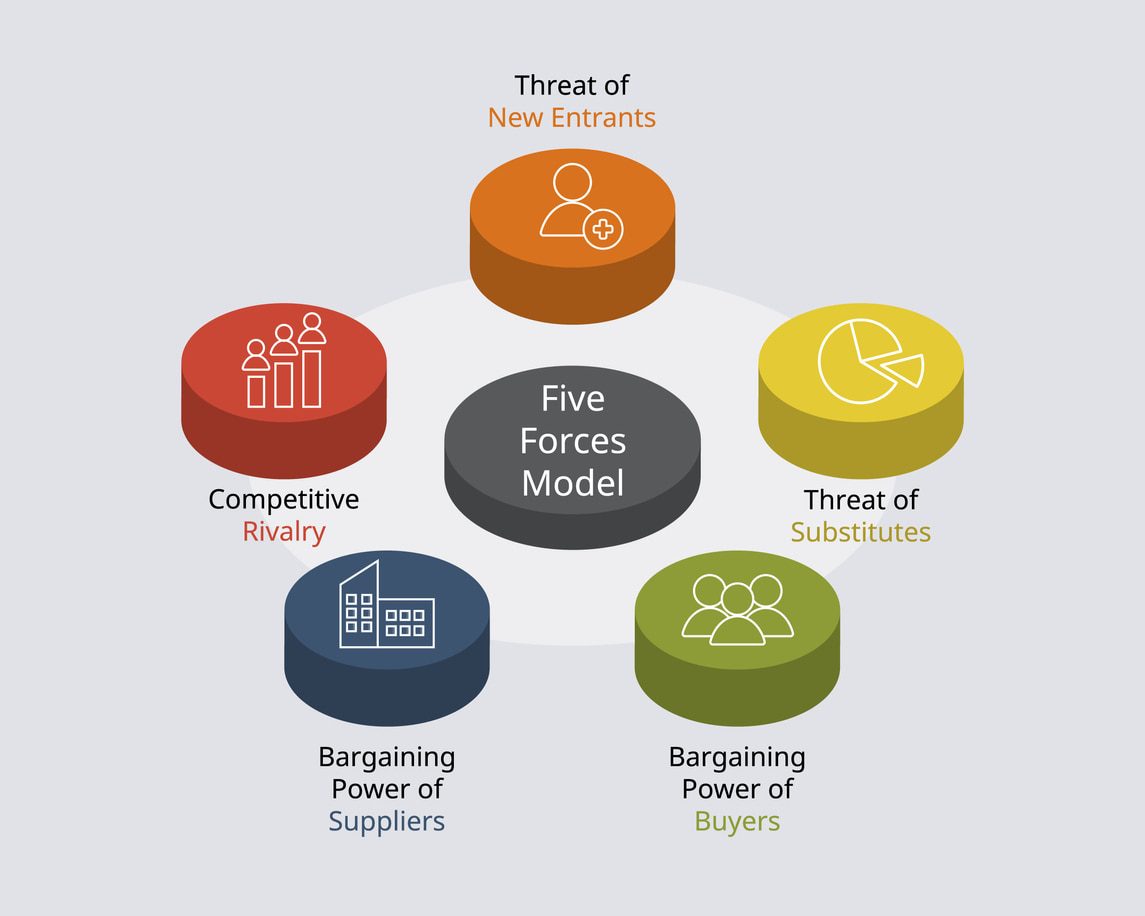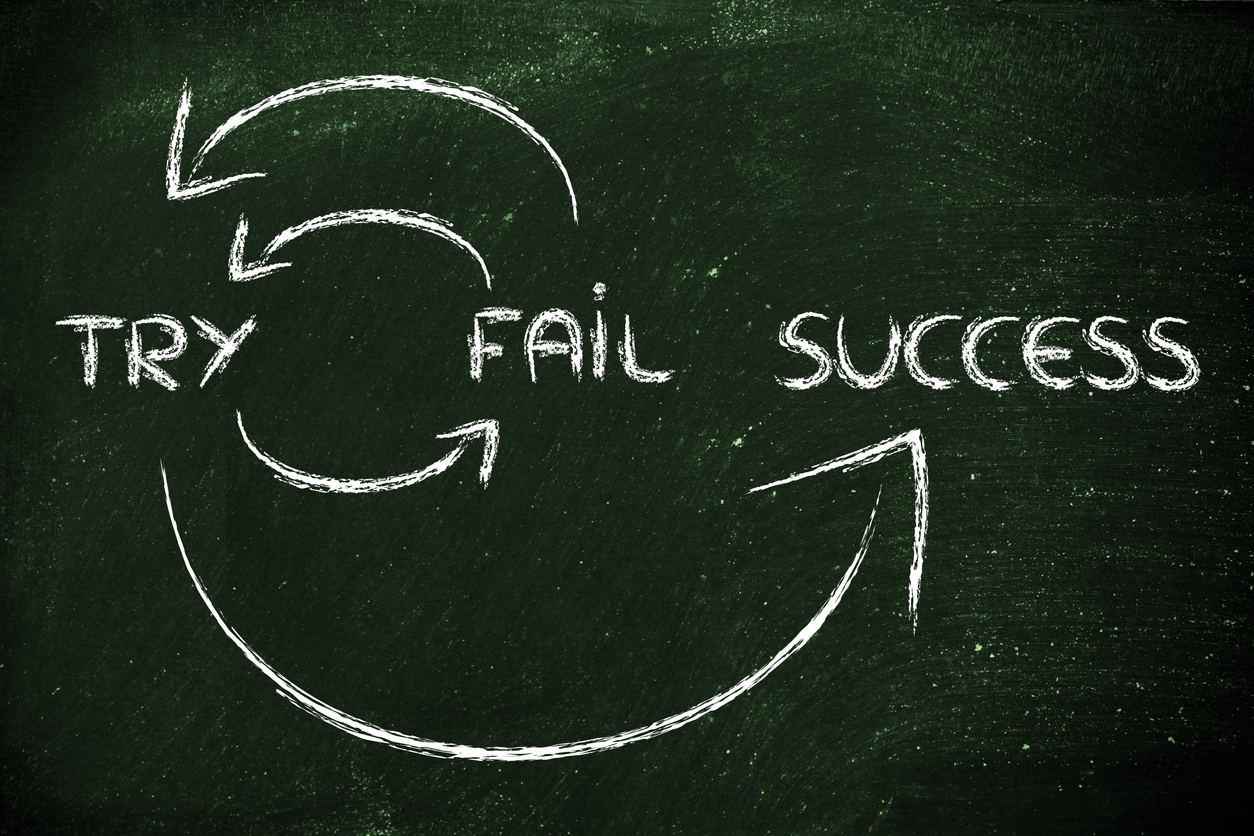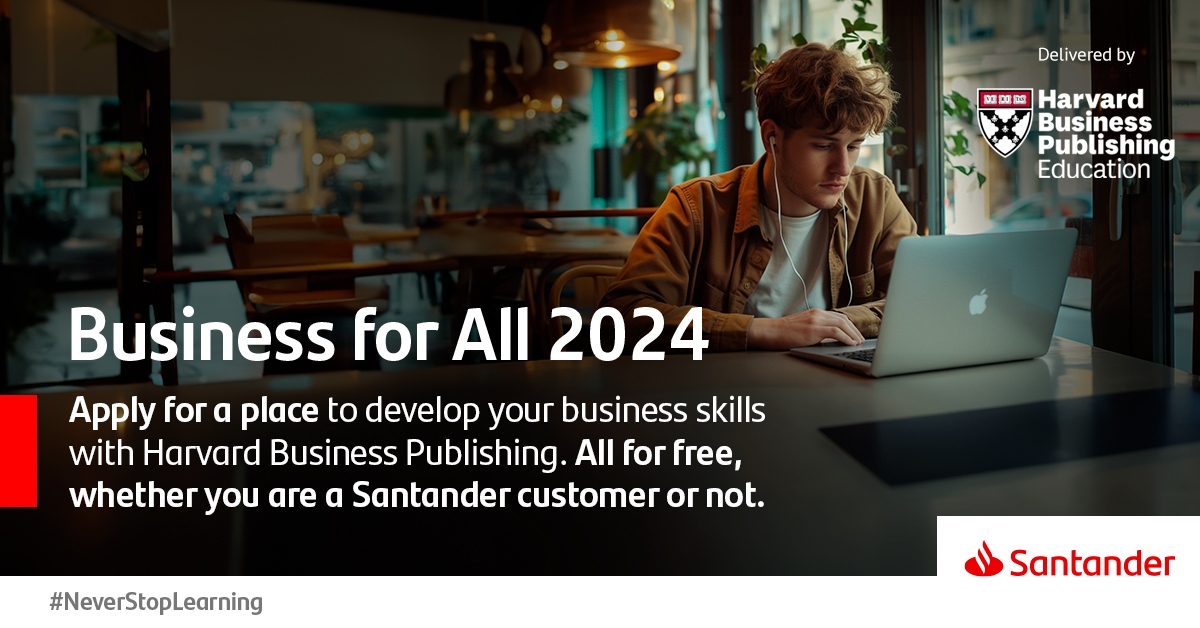Porter's 5 forces: what are they and how can they be used?
The crisis stemming from the Covid-19 pandemic has had a huge impact on businesses. Just look at the data from the World Bank, which shows that one-fourth of companies saw sales falling 50 percent due to the healthcare crisis.
That's a statistic that starkly demonstrates how organisations have been negatively impacted, but there are also examples of businesses that knew how to adapt. For example, some restaurants stayed shut, but adopted the Disney formula to survive.
When it comes down to it, in crises and when facing changes in demand or the emergence of new competitors, it's vital to conduct market analysis, as these factors will have multiple effects on companies.
In that regard, did you know that Yahoo had the chance to buy Google, but decided it was too much money for a search engine? A market analysis using Porter's 5 Forces might have made a difference. If you've never heard of this tool and you would like to find out what it's all about and how to use it with real examples, let us explain all.
What are Porter's 5 Forces and what can they be used for?
Any business, over the course of its lifetime, needs to analyse its market competitiveness, both at the time of launch and when new projects are created or new markets entered into. This analysis and measurement of competitiveness can be done using the so-called Porter's 5 Forces.
Porter's 5 Forces, defined by Michael Porter in his book Competitive Strategy, are as follows:
1. Threat from new competitors
When a potential rival enters the market, it first has to overcome a series of obstacles, i.e., any applicable regulations, distribution channels, costs, etc. So, the easier it is to overcome these possible barriers to entry on the market, the greater the threat to your company.
For example, in the premium coffee retail market, barriers to entry tend to be low, so companies like Starbucks have to continuously analyse the market and update their pricing as well as customer promotions.
2. Rivalry between existing competitors
A company's competitiveness decreases in line with the growing number of rivals on the market offering similar products or services. For example, if we look at Amazon, the company has several competitors, such as Alibaba or Argos, but they are different, and that's a large part of their market success.
Argos, for example, has focused from the start on in-person sales, which means higher costs on facilities and less presence in the digital market, with only half of all sales being online. However, Amazon is the e-commerce leader and is now poised to enter the physical business.
3. Threat of substitute products and services
When cheaper products - or ones that offer great value for money - are available on the market, these can replace others, thus affecting a business' profitability.
One example is the widespread use of video-conferencing in companies, replacing business trips.
4. Suppliers' negotiating power
All companies rely on a range of suppliers, but the latter can pose a threat to a company's profitability in certain cases:
- If they have a sector monopoly. For example, Microsoft practically has a monopoly on computer operating systems, which affects computer manufacturers.
- If companies are faced with high costs when they look to change supplier.
- If suppliers are able to enter the market as a rival.
Several steps can be taken to avoid these risks, such as increasing the number of suppliers, creating long-term partnerships or manufacturing the raw materials for yourself.
5. Customers' negotiating power
A company's profitability can also be affected when the customers team up to demand better quality from products or services, or to agree a maximum price. To prevent this situation from affecting a business, several steps can be taken, such as:
- Creating a value proposition that makes the company stand out from its competitors.
- Increasing the quality of products or services.
- Increasing spending on marketing campaigns to bring visibility to this differentiation.
A good example in this case is IKEA. In the furniture sector, it deals with customers who have multiple options for buying furniture, on a global scale as well as locally. However, IKEA sets itself apart in several ways, such as offering designer furniture at affordable prices, the democratisation of furniture buying, optimising transport costs and focussing on DIY.

How to apply Porter's 5 Forces to a company
Although every business is different, there are a number of steps to follow in order to implement the Porter's 5 Forces model.
- Define the company's values, vision and mission. Defining these three elements is the basis for developing a strategy based on Porter's 5 Forces. For example, in the case of Inditex, the values, vision and mission are as follows:
- Values: results-oriented, engagement, excellence, honesty, teamwork.
- Vision: marketing and distribution of clothing that can reach anywhere that has a customer niche.
- Mission: anticipate fashion trends and create new designs, as well as offering products at a price in line with quality.
- Set goals. It's essential to think about what you want to achieve by applying Porter's 5 Forces. Your goals should be well defined, for example: to increase market share by a certain percentage or within X months. However, later on, you will have to compare the objectives you set with the results obtained, amending the steps to be taken in order to achieve these goals.
- Develop a strategy. Once you have set your objectives, it's time to decide on the actions that are part of your strategy. To do this, you'll need to:
- Analyse the market: compare product prices and quality, as well as what technology your competitors use.
- Study the barriers to market entry, whether these be legal, technological or any other type.
- Establish your relationship with your suppliers of raw materials and labour, and determine the cost of changing suppliers.
- Find out how your customers would react to a change in pricing for your products or services. You will also have to analyse your customers to determine their propensity to seek and find substitutes for your product.

As you can see, all business people are faced with the ongoing challenge of ensuring their business can adapt to the circumstances, overcoming difficulties and growing. In this sense, training throughout your career is essential to pick up the skills and tools needed, like Porter’s 5 Forces, in order to design strategies that maintain the profitability of a business.
Do you want to develop professional skills that will help you access better job opportunities? Banco Santander is launching 5,000 Santander Course | Business for All 2024. This program, aimed at those who want to enhance their business skills, has been designed in collaboration with top experts from Harvard Business School Publishing, one of the most prestigious educational institutions in the world.
With this course, you will gain access to a 100% online, 9-week training program on which you will acquire the key know-how and skills to further your career. Depending on your professional objectives, you can choose one of the following courses:
Business Fundamentals: learn the essentials of marketing, finance, negotiation and customer experience.
Managing yourself: improve your skills in decision-making, time management and influencing without authority.
All courses are delivered by top-tier experts and are free to participants. And you don't need to have a degree or be a Banco Santander customer. On top of that, they are available in English, Spanish or Brazilian Portuguese.
You will have the opportunity to acquire all the necessary knowledge and skills via on-demand content, virtual discussions in live sessions with mentors and learning facilitators, interaction with your peers, exercises and tools with which you can practice, then transfer the knowledge to your workplace. In addition, upon completion, you will receive a certificate from Harvard Business School Publishing.
Are you over 18 and want to develop key skills to get ahead in the workplace? Sign up for Santander Course | Business for All 2024 and whether you get it or not, remember: never stop learning.
More interesting posts to read...
-
 12/04/2024 | Santander Universidades
12/04/2024 | Santander UniversidadesGrowth mindset: examples in the workplace to develop the right attitude toward challenges
Card text -
 01/03/2024 | Santander Universidades
01/03/2024 | Santander UniversidadesThe sandwich technique: how to deliver criticism in an assertive way
Card text

